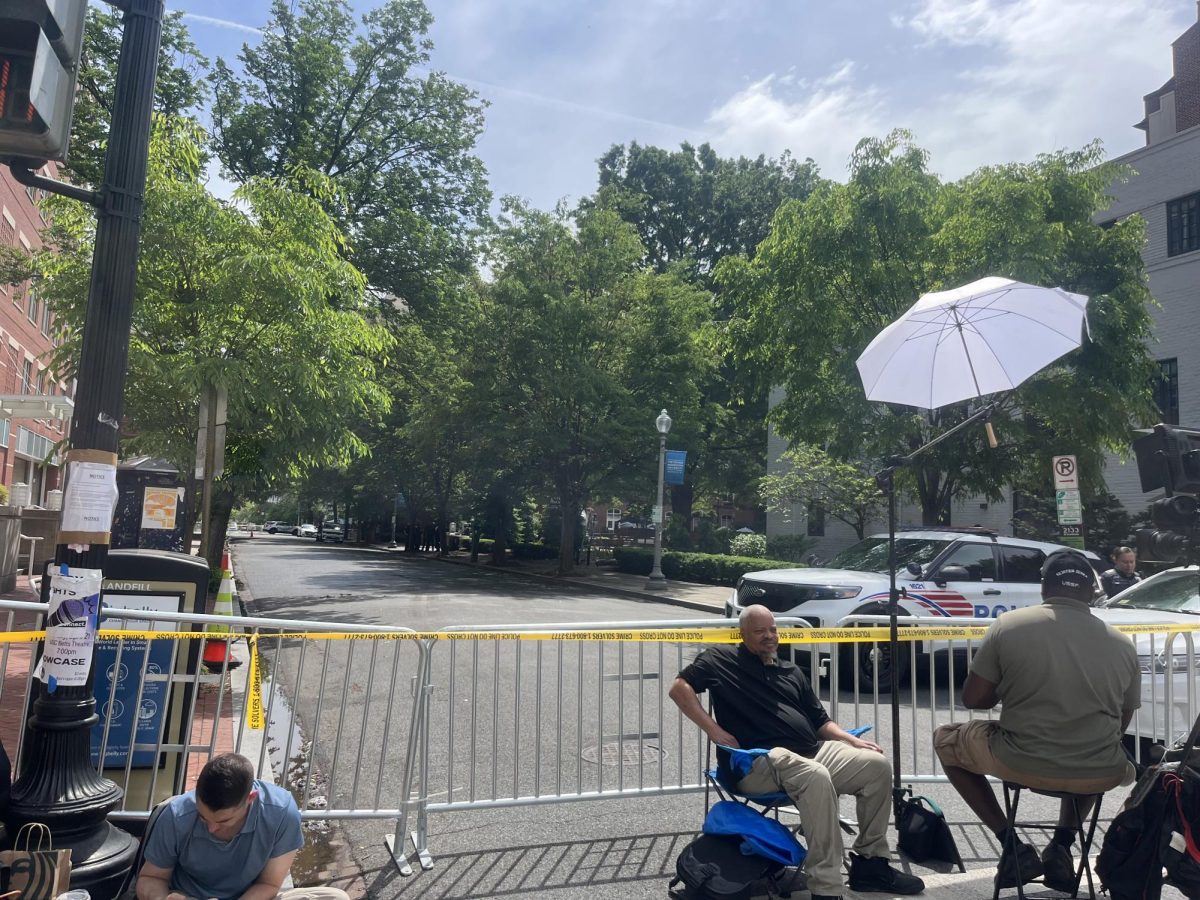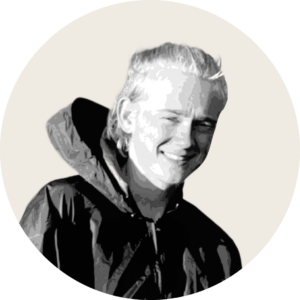The Center for Contemporary Arab Studies (CCAS) partnered with several organizations to host a conference April 14-15 honoring the evolving legacy of the Druze, a tight-knit religious group most populous in Lebanon and Syria whose tradition reflects pre-modern elements of Hinduism, Islam and Greek philosophy.
The CCAS collaborated with the American Druze Foundation (ADF), a group dedicated to preserving Druze heritage in the United States, and the department of history and archeology at the American University of Beirut (AUB) for the two-day conference, “The Druze in their Adopted Lands,” which featured panels, lectures and receptions. Conference speakers included Michael Provence, a history professor at the University of California San Diego; Makram Rabah (GRD ’16), a history professor at the AUB; and Chad Radwan, an anthropologist.
Provence opened the conference with a lecture on Druze culture and the Druze diaspora, sharing that there are nearly a million Druze worldwide, with many living in South America as well as Australia, Canada and the United States. Provence said the conference allowed participants to share conflicting and diverse perspectives, something he said is crucial to further conversations.
“It was a great collaboration, and, I think, a smashing success,” Provence told The Hoya. “We had big attendance for the whole time, from Friday afternoon until Saturday afternoon, little arguments here and there, I suppose, about recent history and what it means. That is how we know we’re doing good work — when people have a response. The worst thing is indifference.”
Provence said the conference brought together diverse perspectives on the Levant, a region located along the Mediterranean coast that includes countries with large Druze populations.
“As we know from recent American history, the way that people think about the Middle East is not reflected in the way that people who live there think about it and what their priorities are,” Provence said. “We got to see things from all, from a whole bunch of really important viewpoints.”
The Druze hold significant influence in Lebanon, where the politically prominent Jumblatt family, who are adherents to the Druze religion, held power throughout the late 20th century. In neighboring Syria, however, militant groups have persecuted the Druze, which analysts say has fostered political unity in Lebanon as leaders seek to avoid similar strife in the country.
The Saturday portion of the conference included a lecture from Radwan about the Druze in North America, who number approximately 40,000 individuals. Radwan said he incorporated his Druze identity to shape his approach to the conference.
“The fact remains, that as a Druze, my identity allows me a greater capacity to understand the aspects of my identity that I share with research participants,” Radwan wrote to The Hoya. “I also greatly appreciated getting to know other Druze scholars not of Druze descent and I can recognize their work and perspectives as making key contributions that benefit the field of Middle Eastern studies, particularly among ethnic and religious minority groups like the Druze.”
Provence said he tried to make his academic arguments at the conference accessible to all audience members.
“I was trying to strike a balance,” Provence said. “I didn’t want to overwhelm everybody with complicated and sort of incomprehensible academic arguments, and I also didn’t want to seem like I was being simple-minded to my colleagues in the academic departments at Georgetown and at AUB.”
Benan Grams, a social historian and the ADF fellow at CCAS, said she feels the conference’s wide range of attendees and speakers reflected its commitment to the Druze.
“The organization as well as the funding of such an event reflects the ongoing interest and commitment of the American Druze in the United States to producing knowledge on the history of their community,” Grams wrote to The Hoya. “Participants as well as the audience came from several parts of the United States and some came from Lebanon to attend this conference and discuss the papers presented.”
Provence said his time as a Fulbright Scholar in Lebanon and Syria turned his life’s trajectory toward studying the region. Provence said he encourages students to pursue similar opportunities that expose them to an array of diverse perspectives.
“I had three and a half years of Fulbright support,” Provence said. “It was, as I say, a completely transformative experience.”
More research regarding the Druze community will empower its members both in the Levant and in diaspora communities, according to Radwan.
“It is my belief that individuals in the Druze community may feel more recognized when they witness scholars dedicating their time and energy to expanding knowledge on the Druze in a variety of fields, such as history, sociology, the arts, and even epidemiology,” Radwan wrote.
Grams said she appreciated how the structure of the conference enabled participants to profile the Druze in a multitude of unique ways.
“The conference was organized thematically, with each panel addressing an aspect that is important to the religious, social and cultural history of the Druze community in Lebanon and Syria,” Grams wrote. “The conference provided a rich and wide spectrum of themes and views.”
















David Mosrie • May 5, 2023 at 12:03 pm
At a time when so many think of Arabs as a homogeneous group, it is gratifying to know that there are scholars who understand the significant differences in the Arab world. The Druze have suffered persecution and hostility throughout their history which may explain why most of them live in mountainous terrain, to defend against invaders. As a culture, the Druze are perhaps the most tolerant sect, accepting others who hold different social and religious beliefs as long as they do not try to interfere or dominate the Druze. They could teach the world a thing or two by following that example. Thank you for bringing my people into the academic spotlight.